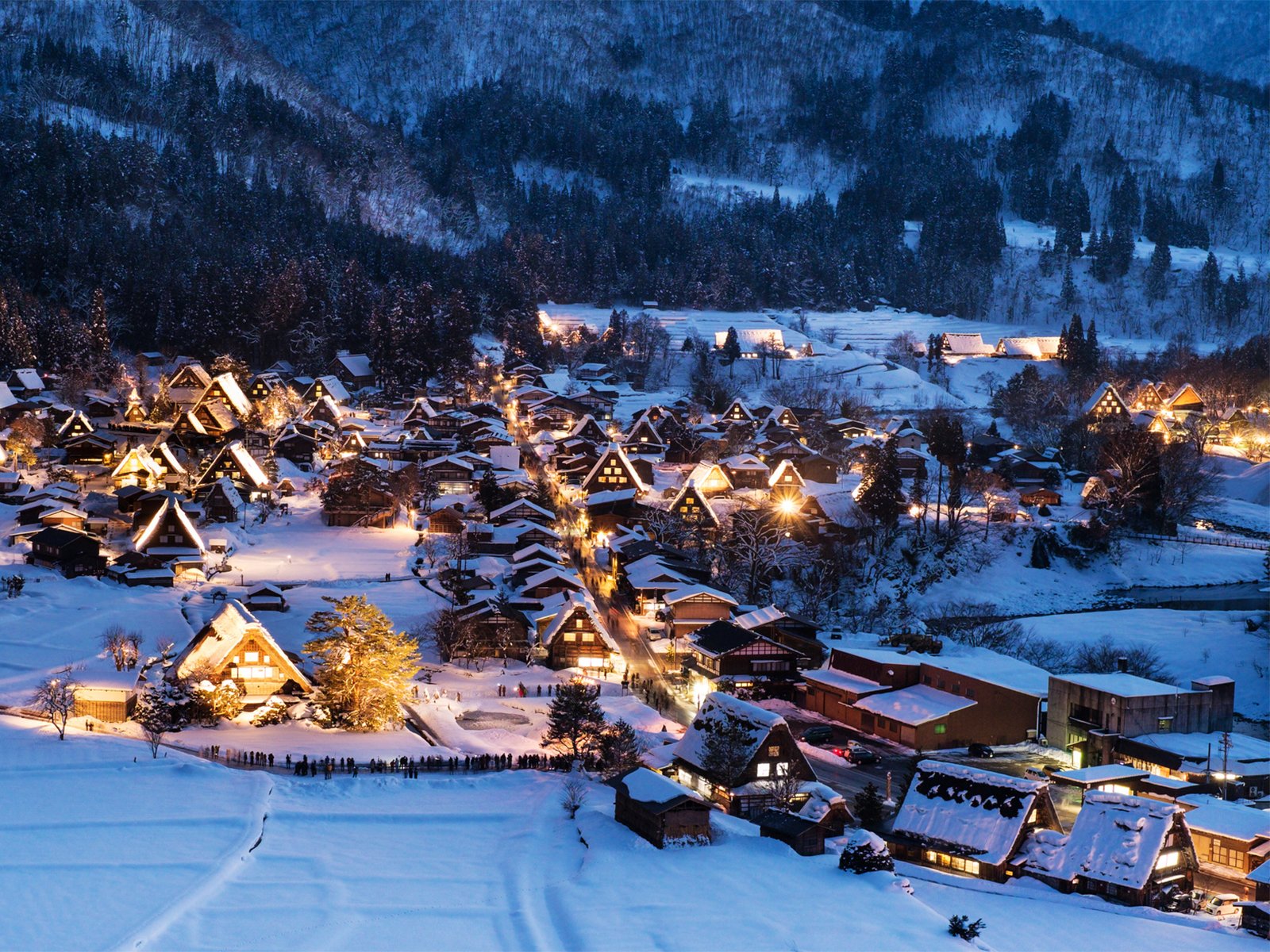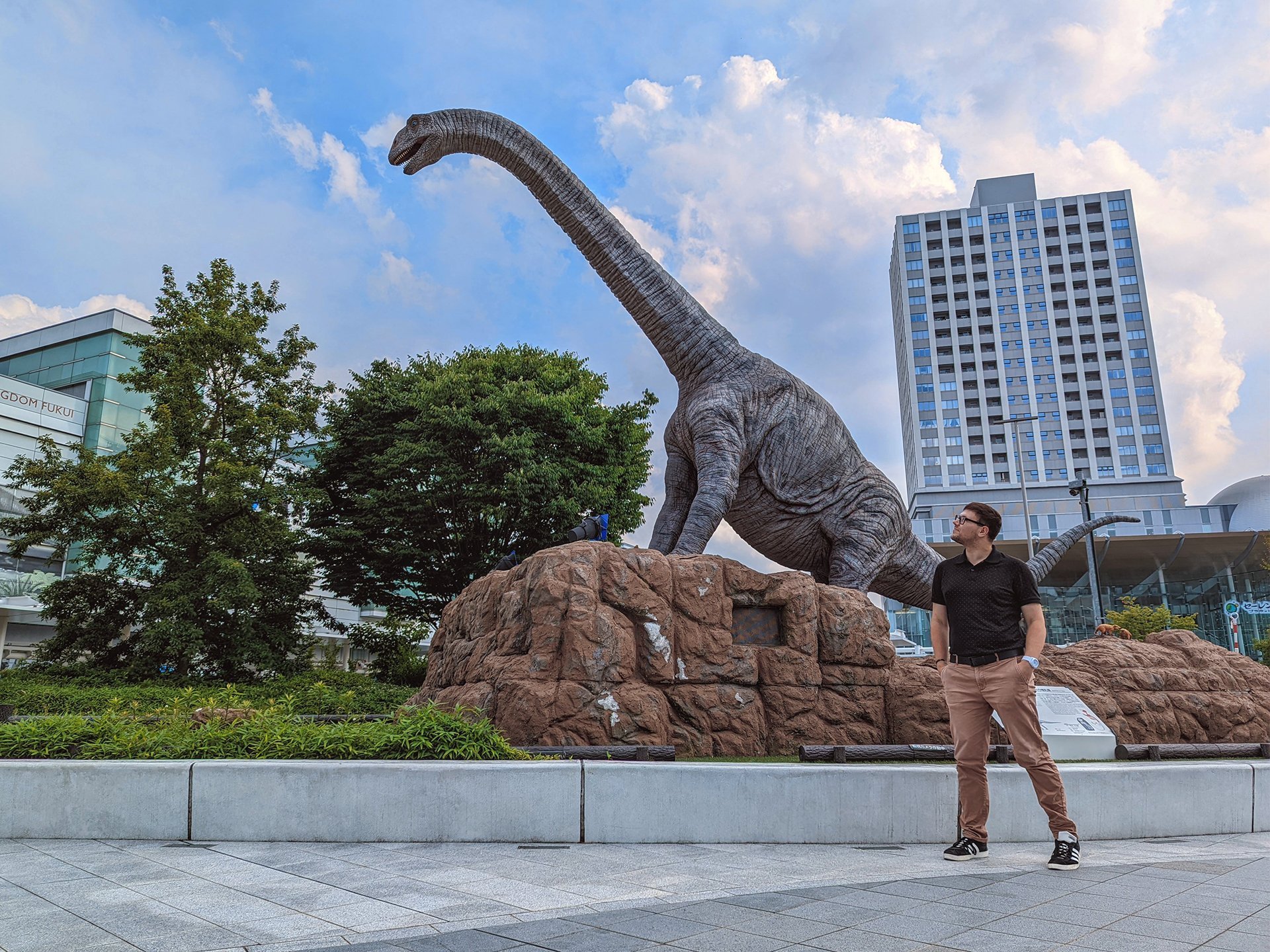Mikuni Festival Returns

After a three year hiatus, Mikuni Matsuri is back, along with its giant floats!
Cover photo: Dashi warrior floats line Ekimae-dori near Mikuni Station, in Mikuni, Sakai District, Fukui Prefecture, Japan (2022). Photo by Danny With Love.
Intro
A few weeks ago, locals enjoyed the beloved Mikuni Matsuri (Festival), a three-day celebration in the coastal town of Mikuni, Fukui Prefecture, the highlight of which is a parade of giant warrior floats.
The festival is a display of community pride as well as a nostalgic reminder of the glorious past in Mikuni, once considered to be among the ten most important ports in the nation.
This was the first time Mikuni Matsuri was held in three years, following a hiatus prompted by the COVID-19 pandemic. It had been declared an “intangible folk cultural property of Fukui Prefecture” just previously in 2018. Prior to COVID, the festival attracted as many as 100,000 visitors.
In addition to the parade, hundreds of vendor stalls line the shrine grounds and surrounding streets, featuring a variety of children’s games as well as Japanese street food favorites such as takoyaki (fried octopus dough balls) and yakisoba (stir-fried noodles). It’s a fun time!
Festivals
Shinto omatsuri (festivals) are annual celebrations of purification, prosperity, and gratitude during which the kami (deity) of the hosting shrine is often carried through town in a mikoshi (portable shrine) sacred palanquin on the shoulders of attendants.
According to the BBC, “The procession of the mikoshi is effectively a visit by the kami of the shrine to the local community that is devoted to them, and is thought to confer a blessing on that community.”
Featuring history and pageantry, the tradition of Shinto omatsuri is a fascinating connection between the past and present. These events take place all over the nation and are free for everyone to enjoy, making them an excellent way to experience Japanese culture.
Mikuni Matsuri is hosted by Mikuni Jinja (Shrine), which dates as far back as 1540, first founded as Sannou Jinja. Along with another kami, 6th century Emperor Keitai — Japan’s 26th emperor — is enshrined here. The festival began some 300 years ago, in the middle of the Edo period, during an era of incredible wealth.
Mikuni’s History
Located on the West coast, on the mouth of the Kuzuryu River, Mikuni Minato (Harbor) flourished in the 17th century as a site along the Kitamae-bune trade route connecting the major city of Osaka to the Northern island of Hokkaido.
Kitamae-bune (cargo ships) carried anything from food, to raw materials like stone, to household objects such as ceramics, lacquerware, and candles. One kitamae-bune was able to transport up to 150 tons of goods, generating enormous profits. Warehouses lined the banks of the Kuzuryu River, enriching locals like the Morita and Uchida families.
Alongside commerce, craftsmanship thrived. The copper-topped torii (gate), gatehouse, and statues of Mikuni Jinja were built during this period, funded by the town’s wealthy merchants.
In fact, Mikuni Minato is the first port in Japan to introduce Dutch water management technology. Completed in 1882, the town’s arc jetty was designed by civil engineers George Arnold Escher (Essel) — the father of artist M. C. Escher — and Johannis de Rijke, foreign advisors hired by the Japanese government.
The prosperous era of the kitamae-bune lasted approximately 1,700 years, from the second half of the Edo era to the middle of the Meiji era. Following the construction of the railway system, Mikuni Minato lost national relevance, transforming from a major trading hub to a humble fishing town.
While Mikuni’s best days may have passed, the surrounding area remains relatively wealthy, with Fukui prefecture boasting the lowest rate of child poverty in the nation at 5.5%. Today Mikuni is home to approximately 20,000 people, composed of some 20 to 30 neighborhoods.
Mikuni Matsuri
Mikuni Matsuri (三国祭) is held annually from May 19th to 21st, with the festival’s main event taking place on the 20th. A parade of six or seven giant warrior floats called dashi — locally referred to as yama — gather before Mikuni Shrine at noon and then disperse, travelling around the town, accompanied by the sound of flutes and drums.
The dashi feature decorative figures from Japanese history or legend, mostly local characters such as Shibata Katsuie, who governed Echizen Province from 1575 until his death in 1583.
Each dashi represents a different neighborhood in the town. They are pulled by a large team of attendants, consisting of locals who live in the neighborhood along with their relatives and student volunteers, ready to take on the daunting task of pulling the float through the narrow streets of Mikuni.
The neighborhoods featured in the festival rotate every year, along with a changing cast of characters represented in the floats. According to my fellow English teacher Yusuke Nakajima — a Mikuni native — a group of two to four artisans is commissioned to design and build each figure, paid for by a monetary collection.
“To make one dashi, it might take about a [whole] year,” says Nakajima. He estimates one figure likely costs upwards of 500,000 yen (roughly $4000).
The giant floats measure approximately six meters (20 feet) tall, requiring the aid of volunteers dedicated to keeping the carved wooden figures clear of electric wires overhead. The dashi were even taller in the Meiji era, reaching a height of 10 meters (32.8 feet).
Towards the evening — in a truly fantastic sight — the volunteers will spin their giant dashi in circles outside Mikuni Station. The wheels creak as if threatening to collapse, leaving white marks on the pavement. Nakajima explains, “They will show [off] their dashis to the audience” in a display of “neighborhood pride.”
The parade lasts into the night, finally ending around 9:00 PM, with tired volunteers pulling each float towards its designated dashigura (float storehouse), while others eager to continue the festivities pull in the opposite direction.
I found the event completely delightful. Mikuni Matsuri is unlike anything I’ve seen in Japan, or elsewhere. The sight of the decorated floats combined with the raucous sounds of music is such a joyous occasion.
Despite walking an exhausting 12 kilometers (7.5 miles) throughout the day, I thoroughly enjoyed myself. If you have a chance, I wholeheartedly encourage you to go. I’m excited to celebrate again next year, with COVID-19 further behind us.
Travel Information
Mikuni Shrine is a one hour trip by metro from Fukui Station or a 35 minute drive. The shrine is free to enter year-round and Mikuni Matsuri is free to attend.
Author’s Note
As part of the Fukui Reporter program, I am tasked with participating in local events and publicly promoting the prefecture. This is a volunteer position that allows me free entrance to a selection of museums throughout the area. The opinions I share are my own.


















